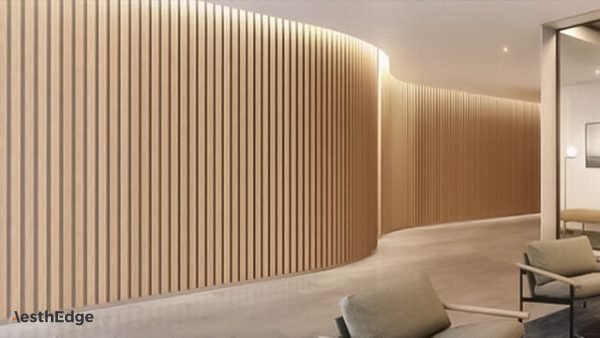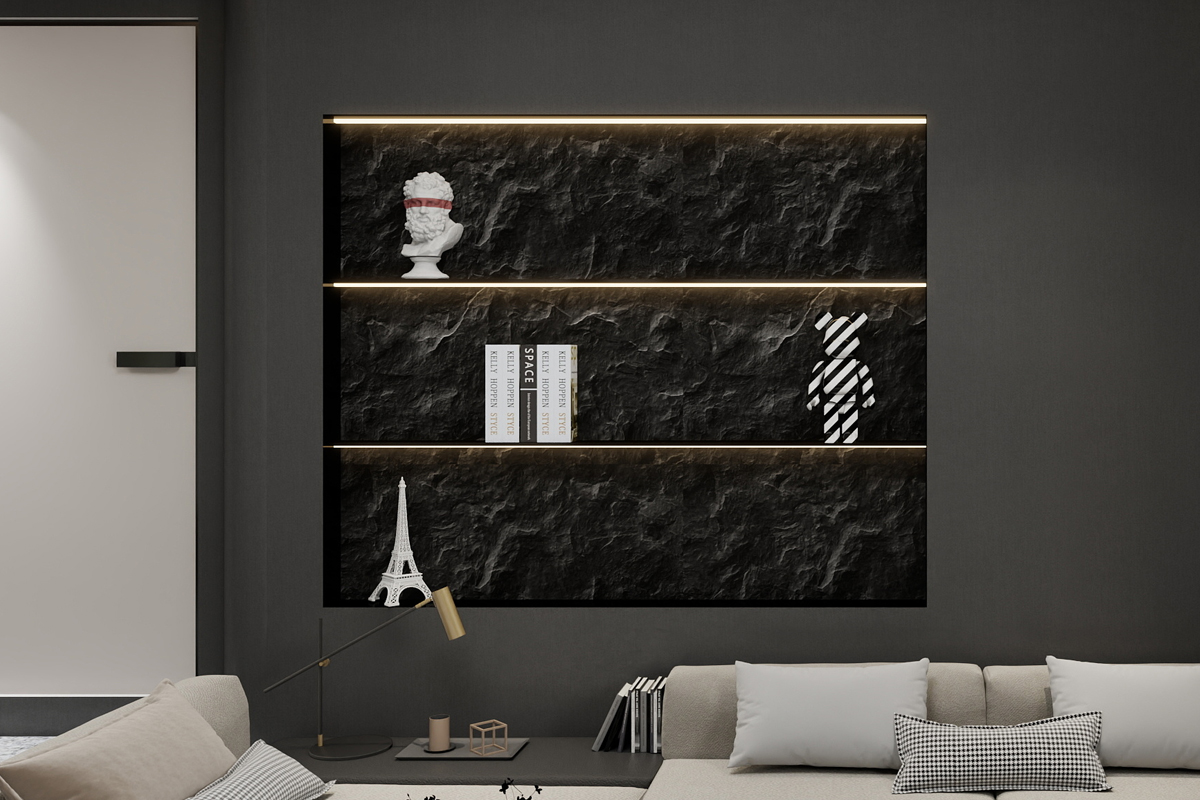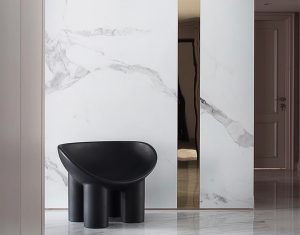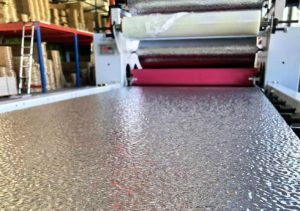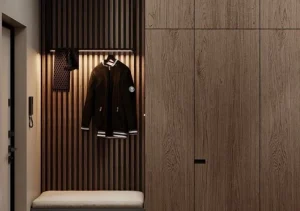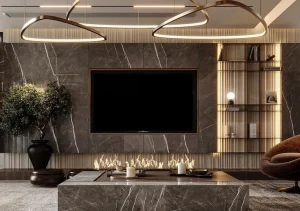Table of Contents
ToggleIntroduction
PU stone (Polyurethane stone) has emerged as a versatile material in the construction and design industries, favored for its lightweight, durability, and aesthetic flexibility. Its varying sizes allow it to fit diverse applications, including wall cladding, flooring, and decorative elements in both residential and commercial projects. This article will delve deeper into the commonly used sizes of PU stone, explore specific applications, and highlight product features and market trends.
Characteristics of PU Stone
PU stone is a composite material derived from polyurethane, offering numerous advantages:
- Lightweight: Compared to natural stone, PU stone is significantly lighter, which not only simplifies transportation but also reduces installation costs and time.
- High Durability: With excellent compressive strength and impact resistance, PU stone withstands wear and tear, making it ideal for high-traffic areas.
- Diverse Aesthetics: PU stone is available in a range of colors, textures, and finishes, mimicking natural stone and catering to various design preferences.
- Weather Resistance: It boasts outstanding UV resistance and anti-aging properties, ensuring longevity even in outdoor environments.
- Easy Maintenance: The smooth, non-porous surface allows for straightforward cleaning, minimizing upkeep efforts and costs.
Common Sizes of PU Stone
The sizes of PU stone tiles and panels are crucial for achieving specific design goals. Below are some of the most commonly used sizes along with their applications:
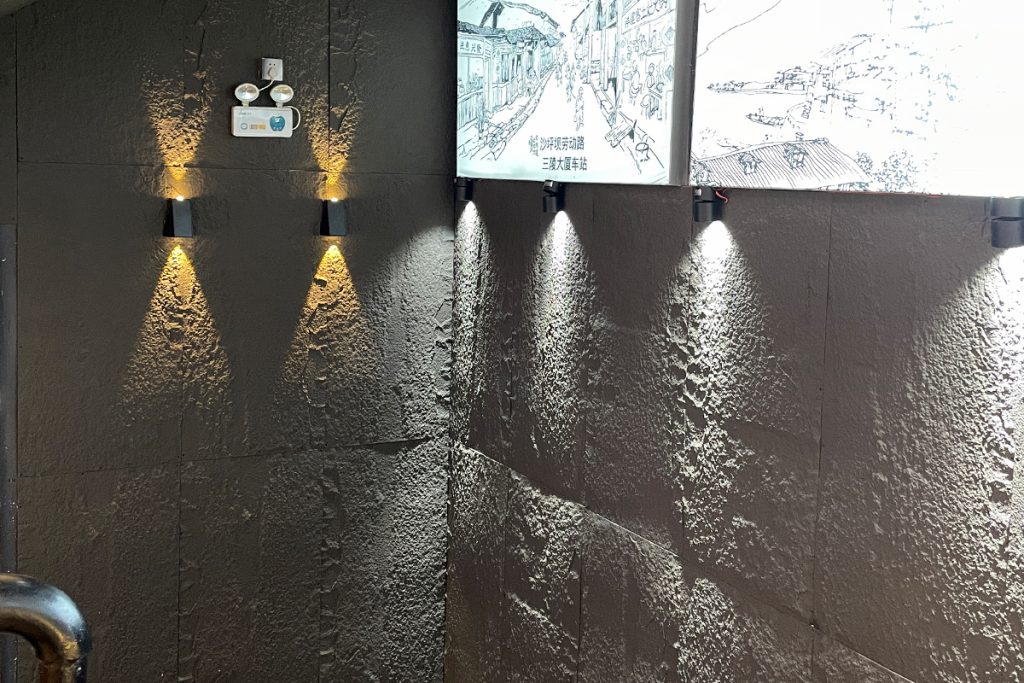
| Size (cm) | Size (inches) | Application | Weight (kg) | Thickness (cm) |
| 30 x 30 | 12 x 12 | Wall cladding, flooring | 1.5 | 1.0 |
| 60 x 60 | 24 x 24 | Large area flooring, wall panels | 3.0 | 1.2 |
| 30 x 60 | 12 x 24 | Decorative wall accents | 2.0 | 1.0 |
| 40 x 80 | 16 x 32 | Feature walls, external facades | 4.0 | 1.5 |
| 120 x 240 | 48 x 96 | Commercial spaces, exhibition halls | 15.0 | 2.0 |
30 x 30 cm (12 x 12 inches)
- Application: Ideal for small spaces such as bathrooms or kitchens, and intricate designs.
- Weight: Approximately 1.5 kg, making it easy to handle.
- Features: This size allows for versatile layouts, including checkerboard patterns and geometric designs.
60 x 60 cm (24 x 24 inches)
- Application: Commonly used in larger residential areas or commercial spaces like malls and offices.
- Weight: Around 3.0 kg, manageable for quick installation.
- Features: Reduces the number of grout lines, enhancing the seamless appearance and minimizing maintenance.
30 x 60 cm (12 x 24 inches)
- Application: Perfect for contemporary wall designs, ideal for vertical installations and decorative features.
- Weight: Roughly 2.0 kg, easy to install.
- Features: The rectangular shape facilitates creative layouts such as herringbone patterns, providing visual depth.
40 x 80 cm (16 x 32 inches)
- Application: Frequently used for feature walls and external facades, providing a striking visual impact.
- Weight: Approximately 4.0 kg, suitable for robust applications.
- Features: Larger panels create a bold statement, reducing seams and enhancing aesthetics in commercial applications.
120 x 240 cm (48 x 96 inches)
- Application: Best suited for expansive commercial spaces, conference rooms, and exhibition halls.
- Weight: About 15.0 kg, requiring professional installation.
- Features: Its large size minimizes joints, offering a sleek, uninterrupted surface that elevates the design of large areas.
Applications of PU Stone
The versatility of PU stone allows for a wide range of applications across different sectors:
1. Interior Design
- Wall Cladding: PU stone is frequently used for accent walls in living rooms, bedrooms, and offices, offering a stylish backdrop that complements various design themes.
- Flooring: Its durability makes it an excellent choice for high-traffic areas like lobbies, retail spaces, and restaurants, while its aesthetic appeal enhances overall interior decor.
2.Exterior Applications
- Facade Cladding: PU stone is ideal for building facades, providing protection against weather elements while enhancing the aesthetic appeal of commercial and residential buildings.
- Outdoor Flooring: Its weather-resistant properties make it suitable for patios, balconies, and walkways, ensuring safety and style in outdoor environments.
3.Commercial Spaces
- Exhibition Halls: Due to its lightweight nature and ease of installation, PU stone is a preferred choice for temporary and permanent displays, allowing for quick set-ups and dismantling.
- Restaurants and Cafes: It can be used for both flooring and wall decor, creating an inviting ambiance while providing the durability needed in food service environments.
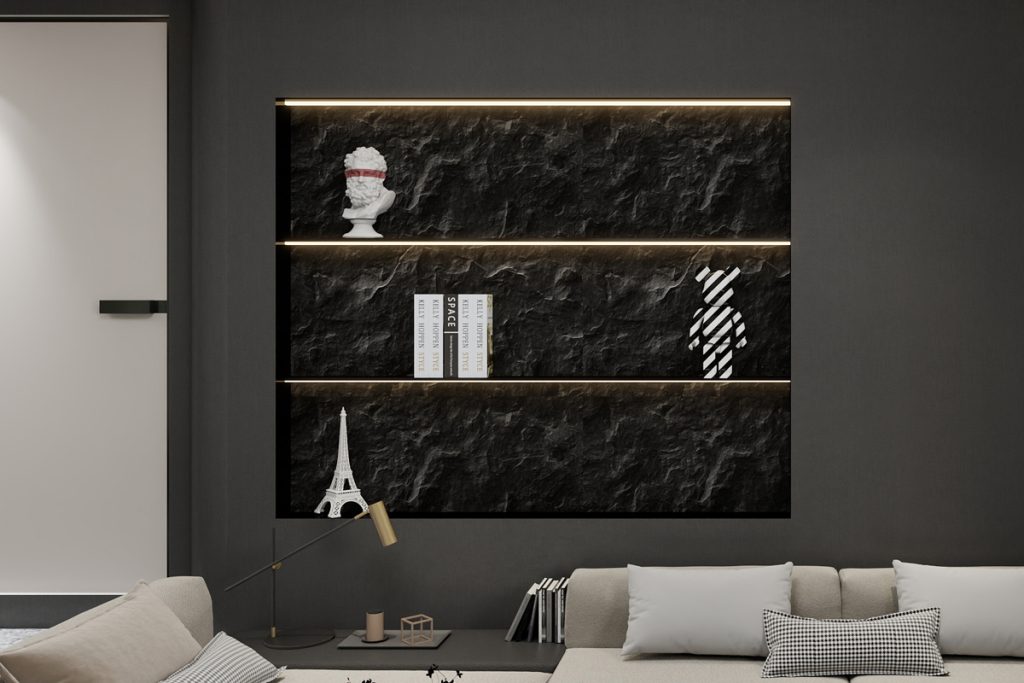
Market Trends and Future Prospects
The demand for PU stone continues to grow, driven by its advantages over traditional materials. As sustainability becomes a priority in construction, PU stone’s lightweight and eco-friendly properties position it favorably. Innovations in manufacturing are expected to expand the range of designs, colors, and sizes available, catering to evolving consumer preferences.
Additionally, the increasing focus on aesthetic appeal in both residential and commercial projects is likely to enhance PU stone’s popularity. As architects and designers seek materials that offer both functionality and beauty, PU stone stands out as an ideal choice.
Conclusion
PU stone provides a versatile and attractive solution for a wide range of applications, with common sizes catering to different design needs. Its unique features, such as lightweight construction, durability, and aesthetic appeal, make it a favored choice in both residential and commercial sectors. As the market for PU stone continues to expand, its potential applications are set to grow, positioning it as an exciting material for the future of architecture and design.

